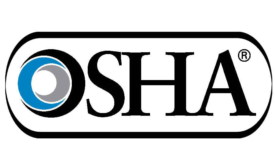News
NTSB: Mismanaged approach caused charter plane crash
Company had “casual” attitude toward compliance
October 19, 2016
Fla. tree trimmer electrocuted
OSHA: Monster Tree Service failed to follow proper safety measures
October 19, 2016
Never miss the latest news and trends driving the safety industry
eNewsletter | Website | eMagazine
JOIN TODAYCopyright ©2024. All Rights Reserved BNP Media.
Design, CMS, Hosting & Web Development :: ePublishing










